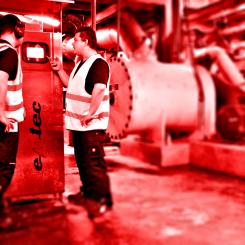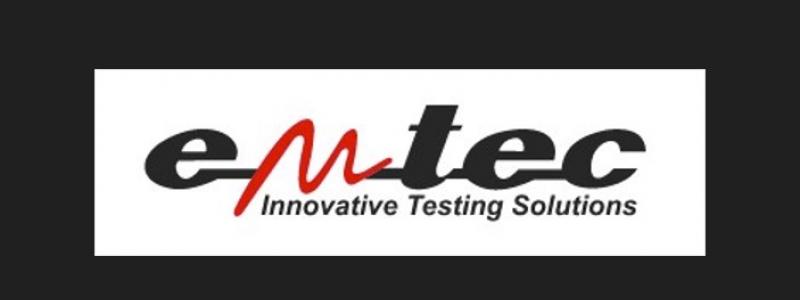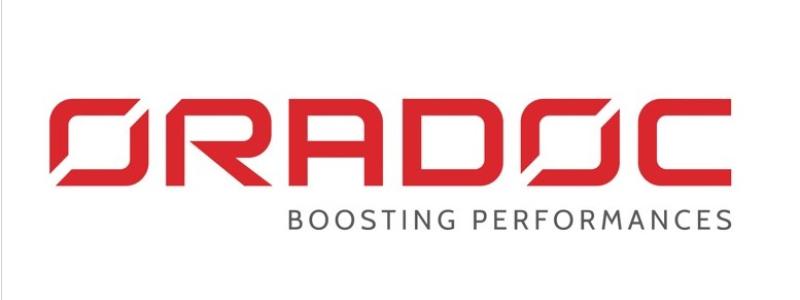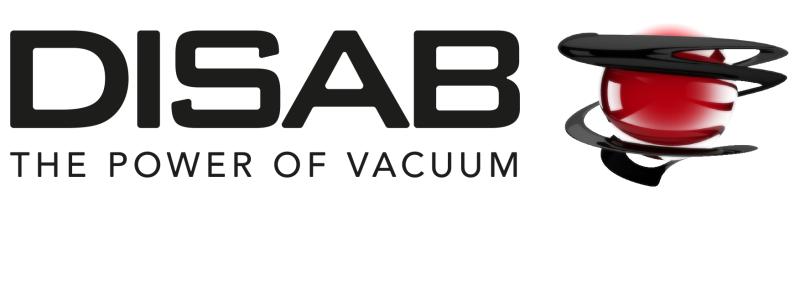Calculating the carbon footprint of a company typically involves following the Greenhouse Gas (GHG) Protocol and defining emissions in scope 1, 2 and 3. Here's a crash course to make the task easier.
All emissions during a product’s life cycle matter for life on earth. To make it easier for everyone to make sustainable choices, The Greenhouse Gas Protocol has developed an internationally recognized standard for greenhouse gas accounting, based on scopes. Dividing your emissions into the three scopes will give you a good overview of where you can find easy wins when it comes to reducing your emissions. The scopes also help you to define who is responsible for the emissions and decide how you need to address them.
What is scope 1: Direct emissions controlled by you (your company)
The first scope consists of emissions from activities and sources owned or controlled by you. These are also called direct emissions. Examples of direct emissions can be burning fuel in an onsite boiler or running company owned vehicles on site. Direct CO2 emissions from the combustion of biomass are not included in scope 1 but reported separately.
Why is scope 1 important?
In scope 1 you focus on emissions created directly by operations within the company. This means that you are in control of the processes and can take measures that have a direct impact on your GHG-emissions. To be able to calculate scope 1, the first thing you need to do is to define the organizational and operational boundaries of your company.
What is scope 2: Emissions from purchased electricity
Scope 2 includes GHG emissions from the generation of purchased electricity consumed by the company. Purchased electricity is defined as electricity that is purchased or otherwise brought into the organizational boundary of the company. The actual scope 2 emissions physically occur at the facility where electricity is generated, but the user of the electricity will be accountable for the emissions.
Why is scope 2 important?
Because the amount of energy used, and the choice of energy source is controlled by the you, and you can impact your emissions by reducing your overall energy consumption or choosing electricity from fossil-free or renewable sources.
What is scope 3: Indirect emissions from sources that are not owned or controlled by the company
Scope 3 is the largest scope, encompassing all indirect emissions from sources that are not owned or controlled by the you. These are all the aggregated emissions from the production of purchased goods or services, transportation of products, employees commuting, and much more. These emissions are divided into two subgroups: Scope 3 upstream and scope 3 downstream.
Why is scope 3 important?
Scope 3 is the largest scope and also the one that is most difficult to influence since it encompasses indirect sources that are not owned or controlled by you. However through systematic review of your supply chain and the transport solutions used, you can still make a big dent in your scope 3 emissions.
Where do I start?
So now you know a bit more about how to calculate your GHG emissions, what's the next step? You don't have to address the scopes in order, there are some easy wins in all three scopes that you can look into straight away. Like using fossil free fuels in the onsite vehicles, switching to green electricity for your production, or reviewing the emissions of your most used input materials and considering alternatives.
































































